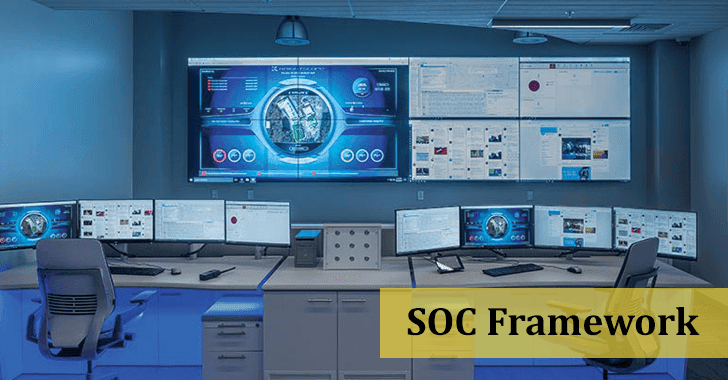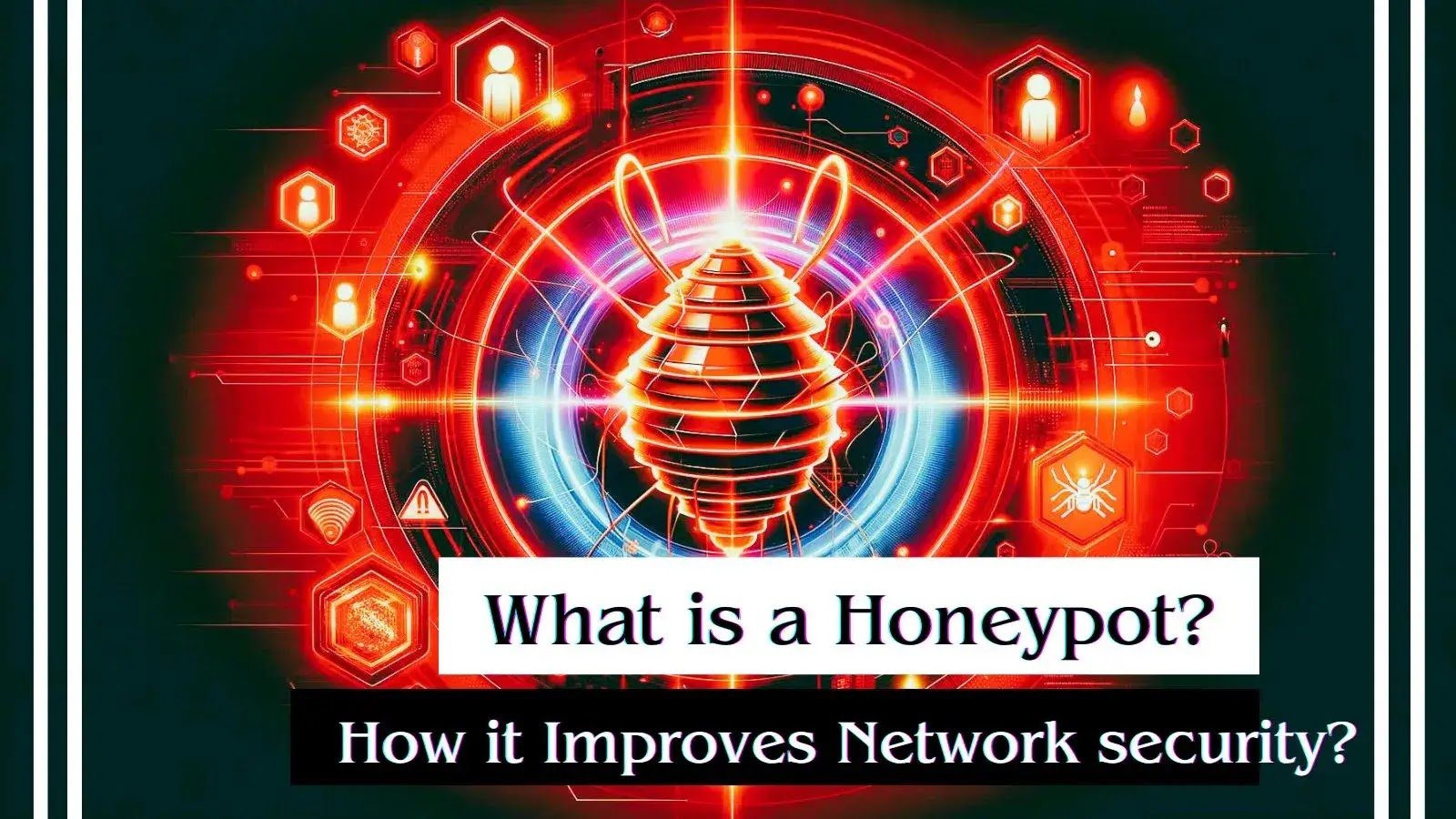What is a SOC Framework, Elements & Benefits of Security Operation Centre
If a company is serious about cybersecurity, its beating heart will be the Security Operation Centre. As other groups primarily concentrate on strategy and design, the SOC Framework acts as the “rubber meets the road” to put those plans into action.
This world is home to 68% of successful firms with SOC, according to the report. Additionally, an effective cybersecurity business can identify an intrusion and offer a remedy within twenty minutes, allowing an attack to take place. A SOC is an essential component in ensuring a company’s cybersecurity.
1.What is SOC framework?
Security Operations Center (SOC) frameworks help firms monitor, assess, and defend against cyberattacks. This framework explains the processes, technology, and people involved in frequent security assessments.
Intrusion detection systems (IDS), SIEM systems, and threat intelligence platforms help it detect, assess, and resolve cybersecurity issues. Analysts, engineers, and managers in the SOC framework respond to incidents, hunt threats, and communicate with the enterprise.
SOC frameworks detect vulnerabilities, respond to security incidents, and decrease cyber risks including data breaches.
2.Is SOC a security framework?
A “SOC” is a Security Operations Center that responds to and monitors incidents in real-time, not a security framework. Instead, it’s a building with a cybersecurity team that detects, investigates, and responds.
ISO 27001, NIST Cybersecurity Framework, and CIS Controls provide defined procedures, rules, and controls to improve an organization’s security.
A SOC operationalizes these frameworks by leveraging technologies, processes, and rules to actively defend and respond to cybersecurity incidents.
While not a framework, a SOC is an important part of an organization’s security strategy, integrating security framework ideas into real-world monitoring and protection.
3.What is the framework for SOC audit?
The American Institute of Certified Public Accountants sets the SOC audit framework. SOC audits evaluate service organization security, availability, processing integrity, confidentiality, and privacy measures.
SOC reports—mainly SOC 1, SOC 2, and SOC 3—serve distinct objectives. SOC 1 focuses on financial reporting controls, SOC 2 on security, availability, processing integrity, confidentiality, and privacy, and SOC 3 gives a summary of SOC 2 audit results without controls and tests.
These audits analyze a service organization’s control architecture and operational effectiveness using the Trust Services Criteria (TSC). These audits ensure that service providers fulfill strict, industry-standard data management standards for customer data.
Now you might be wondering what the SOC framework is.
This is the overarching architecture that defines delivery and do they work. In other words, you can say this framework is purely based on the monitoring platform, which can track and record every security-related event. This type of analytic platform shows its ability to determine that which indicates an attack or incident.
This type of analytic platform is usually manual and has different analytics that determine its status. In this, everything comes automated via AI, and this is a machine learning algorithm so that the system automatically detects the attack and other security incidents.
Only determining the attack is not enough where it must also need the response entirely depends on the SOC’s internal and external response. It is very where it gives an alert where the client gets informed of an automatic execution.
Elements of SOC Framework
As a business owner, you need to protect your business where you need to manage the threat lifecycle. In this case, the SOC framework can a apply few things to Helou to establish and provide you with a mature approach. Here you can see the SOC that will help you to grow your business.
- Identify: As a businessman, you need to earn the trust of your people and need to have a complete understanding between you both. You also need to identify risks and vulnerabilities, digital and physical assets, defense systems, and much more.
- Protect: You need to establish a diverse and layered approach to defend the business while being ready to reply to any attack.
- Detect: You need to implement the technology and do the practice to quickly detect the security data.
- Respond: You can react calmly to any incident, and you need to be in a severe breach.
- Recover: This is when you need to return to its original state by doing proper planning. It also does preventative measures to safeguard your business against a repeat attack.

What can be the goal a of well-functioning SOC?
The best SOC framework provides many benefits, and to get the most benefit, you need to make sure that an experienced person makes up the team. However, the company approach is you need to make sure that you follow w few goals which are below:
- Improve the security visibility: A good SOC operator always wants to expand its company’s security by maintaining excessive inventory for all IT assets. The most important thing will have all of your information which will help them attack against you. We have near-real-time security monitoring which will help prepare before the threat happens.
- Reduce incident response time: In today’s world, SOC works like a booster for attack detection speed, remediation, and investigation. For attacking the average time of 280 days an organisation must consistently strive so it can improve the incident response time. An Attacker will be continuously poking but the time he will not succeed, he will move to the next victim and not be able to steal data from us.
- Minimize the impact of a breach: To reduce the result of a breach and incident response time is the critical goal of SOC. You can leverage threat intelligence where you will get clear visibility to the organization’s assets and in this SOC plays a significant role in preventing minor breaches so that they can blow up, which is more important.
- Maintain a consistent flow of reporting and communication: In this era, SOC is directly connected with the organization’s communication channels which will help to inform stakeholders immediately if any financial risk comes. If any data gets collected from SOC, it helps to build the security roadmap that is best for future planning.
- Stay a step ahead of attackers: Here, all the above goals are essential, and these are best for robust SOC. You can also do some devote so that their effort becomes more proactive for threat hunting. Smart hackers always think one step ahead and only keep the dive deep and look for evidence of an early attack. You will get the digital clue that will indicate the future attack and discover it in the data.
The Benefit of Having SOC and managed by a third party:
As you know, only a well-functioning SOC can gain skilled staff, and it can hold the organization back and get this to a before position. It also helps to improve its security posture. They can tap the effective threat, and it also has an automatic threat detection system. SOC can give the organization a wide range of cybersecurity experience from that talented pool without having any hefty labor costs.
Unlike other cybersecurity service, many companies prefer the flexibility offered by the service model. You need to manage the SOC essentially and turn it into the service to an external cloud-based service. A good SOC can offer a 24×7 monitoring service without any additional cybersecurity software, hardware, and many other infrastructures.
As an owner, you need to manage SOC service, and your organization gains a few advantages, those are below:
- It helps to reduce the cost and complexity so that it can offer centralized security visibility. In this, you need to have the ability to monitor SaaS, on-premises, Cloud, and other endpoints. You need to avoid the cost, confusion, and complexity of maintaining multiple security products.
- You need to detect the threat and gain immediate board visibility giving you the complete installation.
- The User needs to keep everything up to date with an evolving threat that will let you manage the service partner for research.
- Threat response you always need to give faster. You also need to know how to take action and where to focus. The SOC analyst team always works with your incident responder to help you respond effectively and quickly.
Final thoughts
When you are using SOC, it is essential that you also know how to manage the SOC. This is the most difficult thing for recruiting cybersecurity talent.
Anyways, the enterprise must consider managing SOCs so that it does not become a burden for the IT team. We hope this article can be helpful for you






